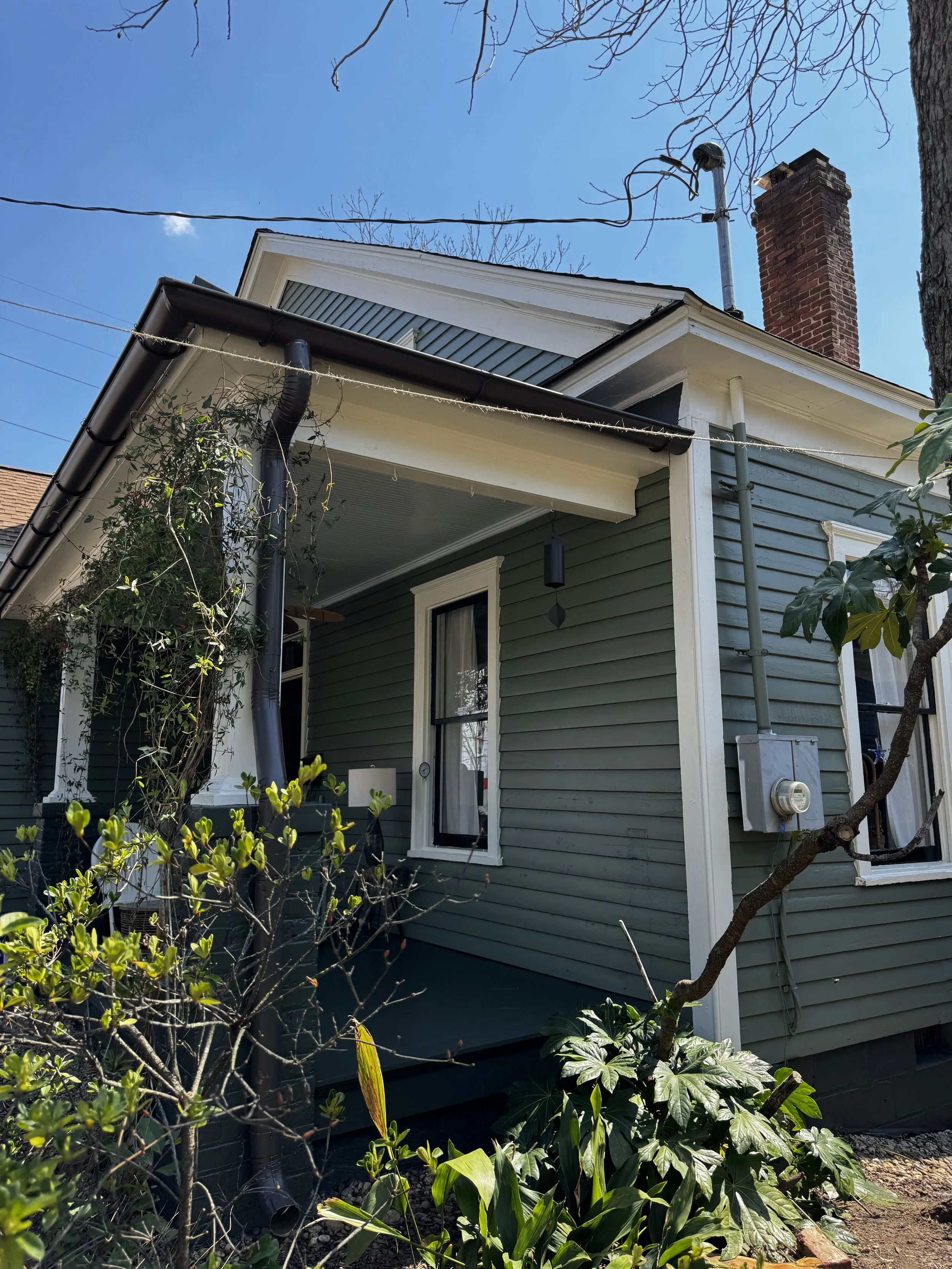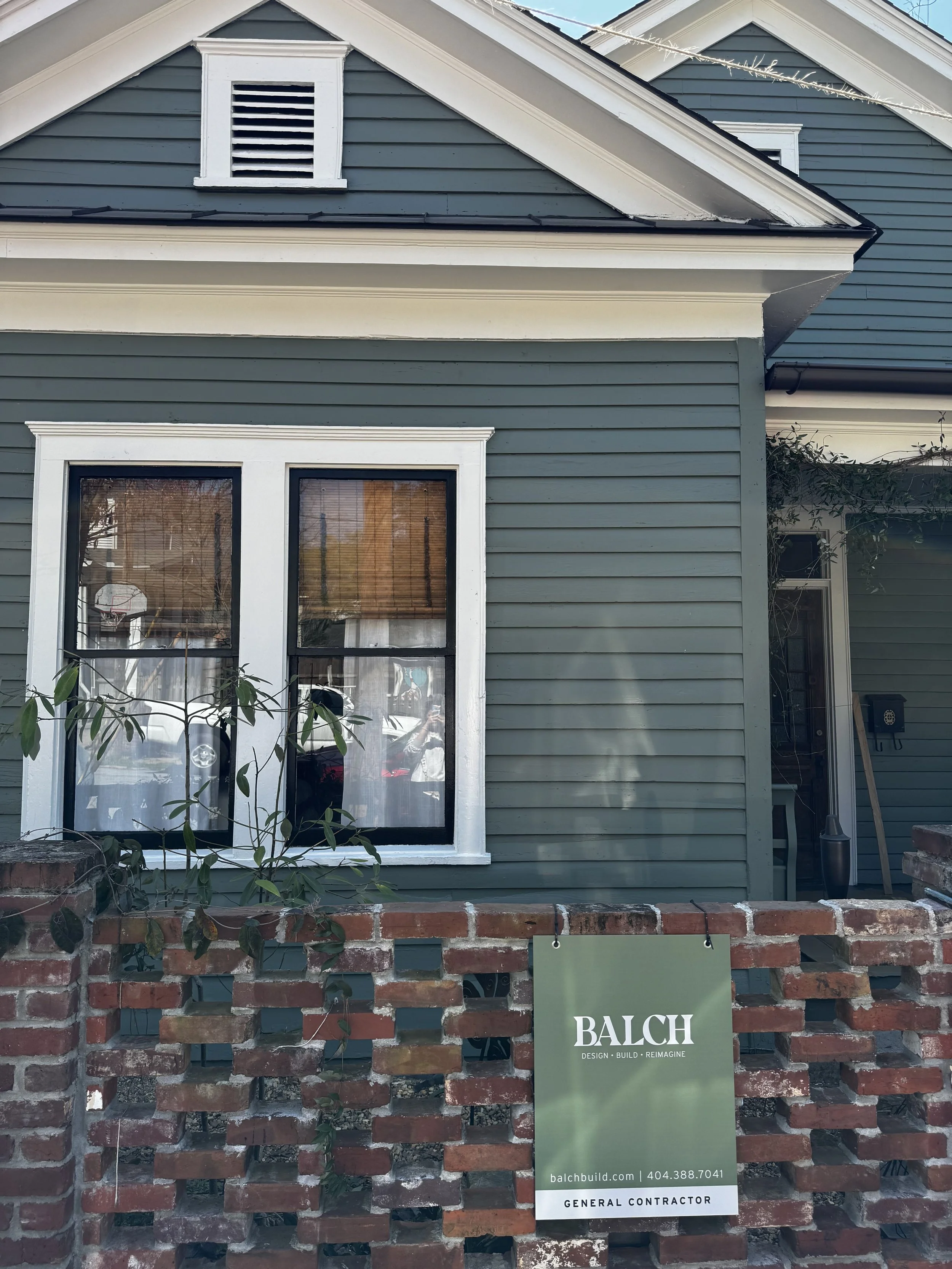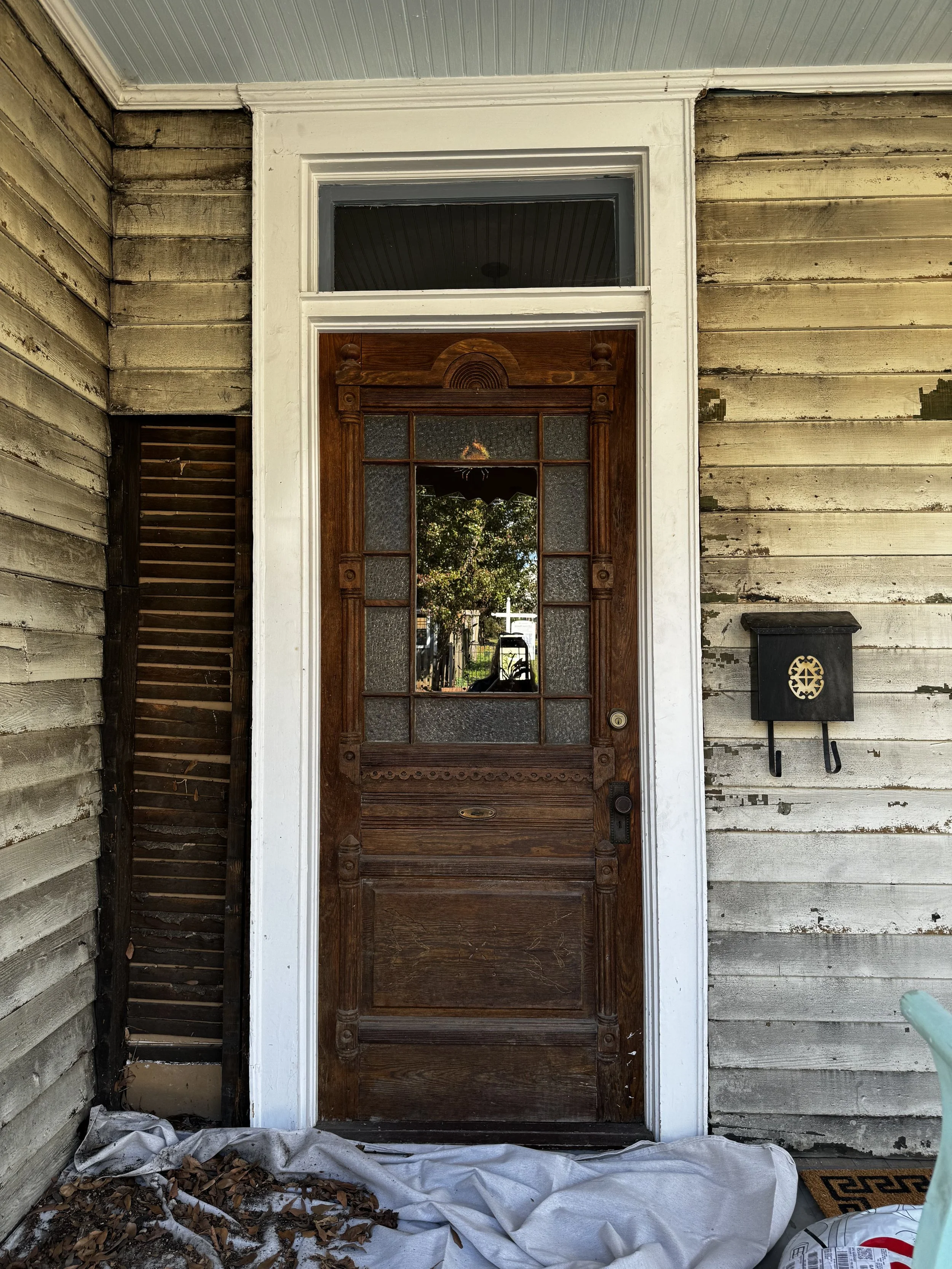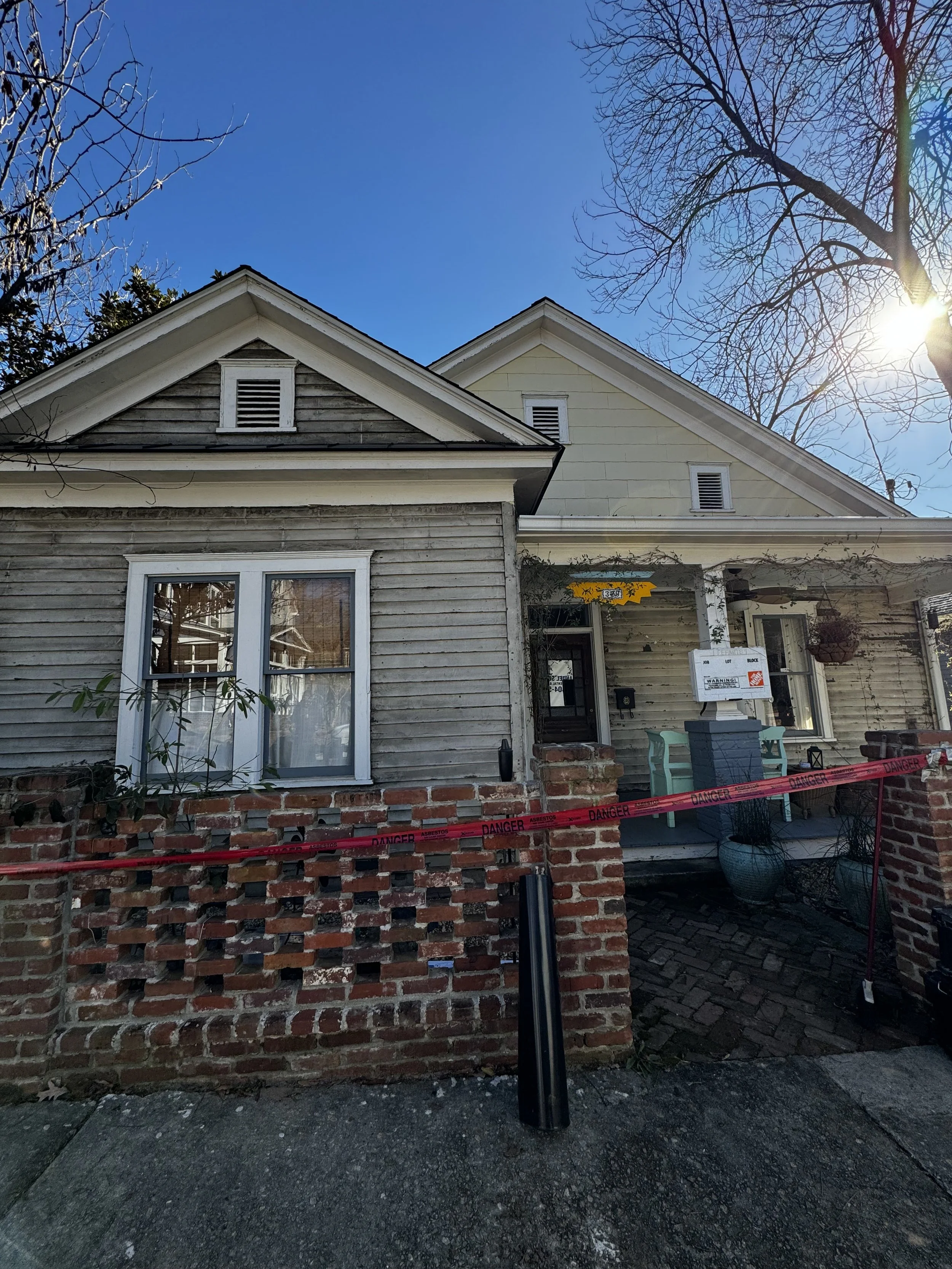Preserving the past
In Atlanta’s Grant Park, we carefully restored an 1800s bungalow—uncovering and preserving its original old-growth pine siding hidden beneath layers of asbestos. Using period-appropriate techniques and reclaimed materials, we honored the home's architectural legacy with a light hand and a deep respect for its craftsmanship.
The result is a thoughtfully preserved home that feels untouched—not newly renovated—built to last for generations to come.
Our goal is to bring your vision to life by crafting remarkable spaces that reflect your unique style. Let's talk today.
-
This meticulous restoration of an 1800s bungalow in Atlanta's historic Grant Park neighborhood exemplifies our commitment to preserving architectural heritage. The project focused on uncovering and restoring the home's original old-growth pine siding, which had been concealed beneath layers of asbestos siding for decades. Our team approached this renovation with respect for the home's historical integrity and craftsmanship.
-
Restoration work should be nearly invisible—the beauty lies in what appears untouched rather than obviously renovated.
-
The restoration process required both technical expertise and historical knowledge:
We carefully removed the asbestos siding using proper containment and disposal methods to reveal the original pine siding beneath
Upon discovery of the original material, we documented the existing conditions and developed a preservation strategy that would maintain as much of the historic fabric as possible
The exposed pine siding underwent meticulous cleaning and preparation, with careful attention paid to preserving the wood's character while addressing decades of weathering
-
The restoration presented several specialized challenges that our craftspeople addressed with period-appropriate techniques:
For sections requiring replacement, we sourced comparable old-growth pine by reclaiming wood from a barn beam dating to the same era as the house, ensuring material compatibility in density, grain pattern, and aging characteristics
We custom-milled replacement trim and siding pieces to match the original profiles, many of which are no longer in production, using traditional woodworking methods
Window frames and sills affected by rot were surgically repaired, preserving as much original material as possible while ensuring structural integrity
Areas disrupted by previous renovations were carefully addressed, with new material blended seamlessly with the historic siding
-
The final phase of the project focused on ensuring long-term preservation:
We installed proper flashing along the roofline to direct water away from the restored siding, preventing future deterioration
The exterior received a historically appropriate paint scheme applied using techniques that maximize adhesion and longevity on the restored wood surfaces
All joints and seams were properly sealed to protect against moisture infiltration while allowing the wood to naturally expand and contract
-
Client Education
Throughout this restoration, we engaged the homeowners in understanding the historical significance of their home's original materials. We demonstrated how old-growth pine differs from modern lumber in density, durability, and character, explaining why preservation of these irreplaceable materials is so valuable.
Our team shared knowledge about traditional construction methods used in late 19th century homes, helping the clients appreciate the craftsmanship embedded in their home's original details. By explaining our restoration approach at each stage, we helped them understand the importance of using period-appropriate techniques rather than modern shortcuts that might compromise historical integrity.











